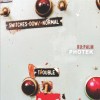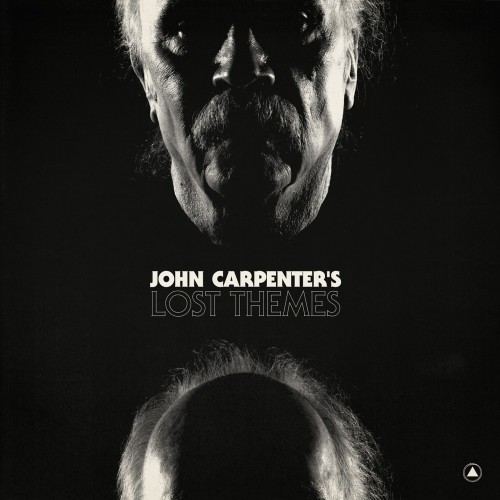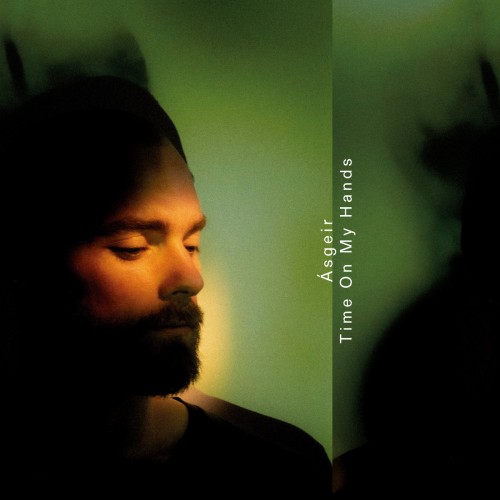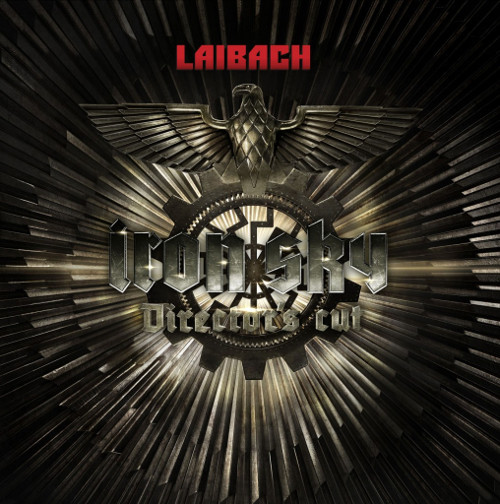 I was surprised to hear that Photek had released a new album – somewhere along the line I had heard that he had hung up his Sennheisers. When Freq asked for a review it was with some trepidation that I took it on. When someone has withdrawn from the scene at the top of their game, the inevitable question is whether their return will be triumphant or ignoble. The return of Photek takes us back in time, not to the drum and bass era which he did so much to shape, but even earlier to mine a rich seam of electro, house and techno grooves, invoking classic dance music vibes but with the same originality and technical excellence that marked his heyday releases of the late 1990s.
I was surprised to hear that Photek had released a new album – somewhere along the line I had heard that he had hung up his Sennheisers. When Freq asked for a review it was with some trepidation that I took it on. When someone has withdrawn from the scene at the top of their game, the inevitable question is whether their return will be triumphant or ignoble. The return of Photek takes us back in time, not to the drum and bass era which he did so much to shape, but even earlier to mine a rich seam of electro, house and techno grooves, invoking classic dance music vibes but with the same originality and technical excellence that marked his heyday releases of the late 1990s.
So how about the return? For KU:PALM, Photek has smashed his way into the vault of the electronic music archives and come up with reinterpretations of some classic sounds that bear all the hallmarks of his unique approach to production. The opening track appropriately starts where everything began; with electro. If, like me, you have fond memories of late ’80s and early ’90s electro and house then the opening tracks will transport you to halcyon days before superclubs and the mainstream appropriation of dance music. The clean beats, original samples and the care in composition and arrangement that made Photek D&B tracks stand out work just as well in the rolling four/four beats of these tunes as with breakbeats. Each track is a distinct evolution carrying us through the early dance music lexicon. Although to my mind none quite match the opening track – “Signals” – which has a great synth hook on top of the swooping bass, samples and elegantly staccato beats.
For good measure, just one D&B track – “Pyramid” – is thrown in, which takes elements of his earlier releases even further, the rhythms even more intricate. As well as jazz infused beats, the samples still look eastwards, but rather than referencing Japan they take in a range of traditional Asian music sounds. The overall effect is satisfyingly rich as compared to the more minimal approach Photek is associated with. The middle section of the album references more styles, with a hefty dose of techno, which provides some broader soundscapes to go alongside the more direct house tracks. Here the originality is less apparent and they feel more like a homages, apart from the excellent “Oshun,” in which the combination of driving kick drum and basslines, a simple repeated synth hook, swooshing effects and minor chords is simply superb. Wherever you are listening to it, it makes you see lazers.The album is rounded off with a couple of dubstep tracks. Now, it is no surprise that Photek can produce good dubstep – after all, he and other D&B pioneers spawned all of the signature components of the form. However, he innovates with these by asking guest vocalists – Linche and Ray La Montagne – to add bluesy vocals to the syncopated beats and sub bass. A surprising combination, but it really works, and is only slightly let down by weak lyrics, which with Photek’s production style have nowhere to hide.
KU:PALM does not break the mould in the way that Modus Operandi did. But, it is still packed with great music and I enjoy hearing Photek applying his method to a range of different dance music styles and showing the pretenders how it should be done.
Welcome back Photek.
-Jim Bennett-



